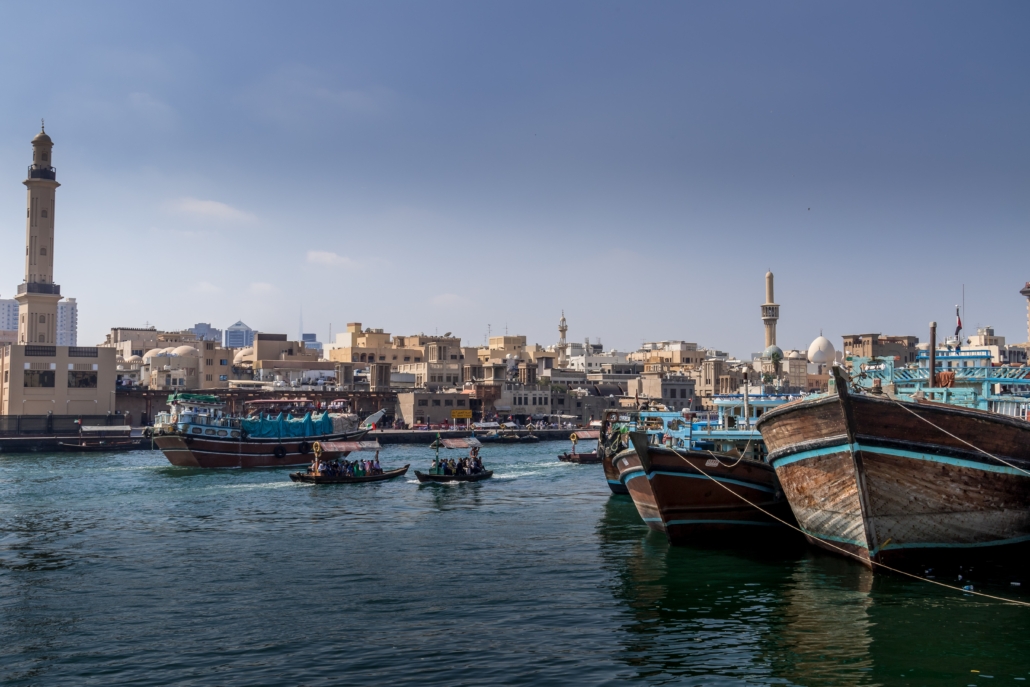By: Nikita Asnani
اقتصاد الرفاهية (wellbeing economy)
اقتصاد السعادة (economy of happiness)
Arabic
I belong to the land of dates – no, not that kind, the edible ones…
This horse (shaped) peninsula, engulfed by the pearl-laden Arabian waters, refuses to slow down its speedy gait, be it in technology, science, commerce arts and culture.
What could a ‘wellbeing economy’ possibly mean in the country that has already garnered global recognition for its feat in ranking first, globally, for the categories: ‘Availability of Quality Healthcare’, ‘Access to Mobile Phones’ and the ‘Feeling Safe’ Index?
Here are a few personal suggestions that might help accelerate the transition to a wellbeing economy:
1. Rethinking ‘Fast Streets’
The scorching heat and general dependency on private transport, as opposed to public transport, in most of the emirates, has led to almost every family owning one car, at the very least.
Increasing connectivity and developing new, shared modes of transport are likely to dominate the landscape of urban mobility in a more sustainable Dubai. I am also of the opinion that encouraging walking and running to short distances, coupled with the usage of traditional dhows or abras (ferries), is likely to contribute to public health as well as economic development at the local level.

2. Embracing Slow Fashion
‘Shop, till we drop’ is a popular slogan used to promote shopping festivals in Dubai. Do we know what the real impact we have, particularly as consumers, of fast fashion? Even if you question ‘who made my clothes, and how?’, you’ll often find condescending labels that read ‘100% organic’.
But, as we all know, multiple fast fashion brands are guilty of ‘greenwashing’. I believe it is high time we unmask the true impact of fast fashion in a country known, in part, for ‘great shopping’ – and pave the way for local brands selling regenerative fashion.
3. Saying NO to plastic
The number of plastic bags being used on a daily basis in the UAE is staggering. Financial incentives to reduce the dependency single-use plastics along with behavioural change campaigns to switch to cloth bags (no, even paper is not good enough!) will go a long way in changing the face of the economy.
4. Keeping the culture alive
In a recent blog on www.greenfootprint.com, Abdul Rahman highlights how our ancestors heavily relied on date palms to meet their day to day needs, from construction of houses and boats to weaving brooms, food covers, mats, air fans, dates sachets, bedding, and so on.

“The scarcity of natural resources and harsh environment pushed people to live within their means. Despite the harsh environment, the uniqueness of the date palm lies in managing to grow fruit even during the summer season. It pushed them to be creative and work within their natural means. The date palm was definitely a more sustainable option since it is a biodegradable material.”
(Abdul Rahman, 2020)
It seems to me that by revisiting our history, through storytelling in schools, for example, we can help the UAE honour our cultural heritage – while also contributing to improved environmental sustainability.
“My wealth is the happiness of my people”
Sheikh Zayed bin Sultan Al Nahyan (Founding Father of the United Arab Emirates)
People are, in the 21st century, what Oil was to the UAE, in the 18th Century.
The UAE’s real wealth lies in its people, and a wellbeing economy would dig right where the real gold lies.
Nikita Asnani is a 19-year old student based in Dubai. She is passionate about design thinking and systems change for a circular economy. She joined WEAll because it offered her hope in the ability of young people to catalyse a new economic system, by harnessing the real power of people
There is not one blueprint for a Wellbeing Economy; the shape, institutions and activities that get us there will look different in different contexts, both across countries and between different communities within countries. However, the high-level goals for a Wellbeing Economy are the same everywhere: wellbeing for all, in a flourishing natural world. Visions of a Wellbeing Economy is a series highlighting voices from the diverse WEAll global network on describing their visions of what a Wellbeing Economy might look like in the context of their countries and how the meaning of the words ‘wellbeing’ and a ‘Wellbeing Economy’ in their respective language impacts this vision.
the discussion?
Let us know what
you would like
to write about!
